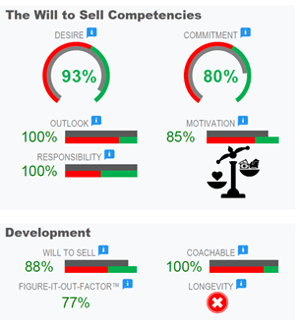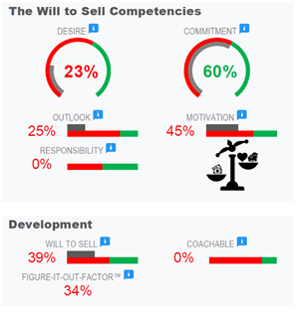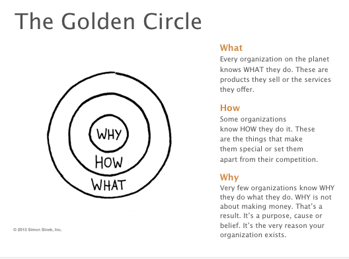In our first blog on How to Hire No Assembly Required Salespeople series, we discussed the four critical steps you must take to minimize hiring mistakes and identify top talent.
In this article, we cover critical selling competencies you must look for when sourcing and interviewing salespeople for your organization.
Indeed produces a series of ads on the radio discussing the value of their recruiting business solution. During the ad, the narrator describes the process as: “looking for a needle in a haystack.” Webster.com defines it as someone or something exceedingly difficult to find. E.g., Searching for an earring at the park is like looking for a needle in a haystack.
Suppose you find a needle and it’s the wrong needle?

Not all needles are appropriate for every job. The same is true for salespeople.
Unfortunately, when companies recruit salespeople, those responsible for profiling, attracting, vetting, interviewing, assessing, and eventually hiring and onboarding, fail to take the time to get the first step right.
Step #1: Know exactly what you are looking for
The primary criteria you should use to define the role/opportunity is: “Someone that will sell vs. someone that has sold or can sell.” The components of Will to Sell, as defined by the worlds #1 Sales Evaluation by The Objective Management Group Sales Assessment, are:
- Desire
- Commitment
- Outlook
- Motivation
- Responsibility
Dave Kurlan and his team have evaluated over 2,000,000 salespeople from over 25,000 different companies. The assessment they have created has a 92.5% predictive validity. The findings indicate that if a candidate does not score well in the Will to Sell then they are less likely to:
- Succeed compared to those that score well
- Be coachable and trainable
- Have the longevity needed to reach profitability

Let's look at the graphic to the left. This is what you should be looking for first and foremost when hiring a “no assembly required” candidate! The Will to Sell is the fuel that drives the engine of a successful salesperson.
For this article, let’s assume that green is good and red is bad. If you knew nothing else about a candidate other than what you see in this chart, what do you know based on the colors? That’s right. This candidate has a strong desire and commitment to be successful in selling, they have a great outlook no matter what, they own their sales outcomes and personal goals, and they have strong motivation.
I assure you that you won’t find this information in the resume, the job application, or during your interview process. Why? Because:
- A candidate will not admit they are weak in desire and commitment
- They will not tell you that they make excuses
- Those responsible for hiring are not asking questions about what motivates them
- The candidate has one job when they talk to you over coffee or when they show up for the interview – convince you they are the best thing since sliced bread!

Based on the graphic to the right, an example of a candidate with weak Will to Sell competencies, the question I always ask is: how soon would you want to know this information? The answer is as soon as possible.
Better yet, how about before you hire them?
Let us add another question: when you hire a candidate that has this level of Will to Sell, when do you typically find out? Typically:
- The first 90 days post-hire
- Within the first 6 months of employment
- After they have failed to meet validation requirements
- When you start having discussions about performance improvement
The real answer is when it’s too late and expensive. This first step in your recruiting process is critical. I assure you that if you evaluate your team by doing an Ideal Fit, you would see that your top people, as well as some of your bottom, have a very strong Will to Sell.
If that is the case, then why do salespeople with a strong Will to Sell still fail? Stay tuned for part 3 in our series on the impact of Sale DNA.










